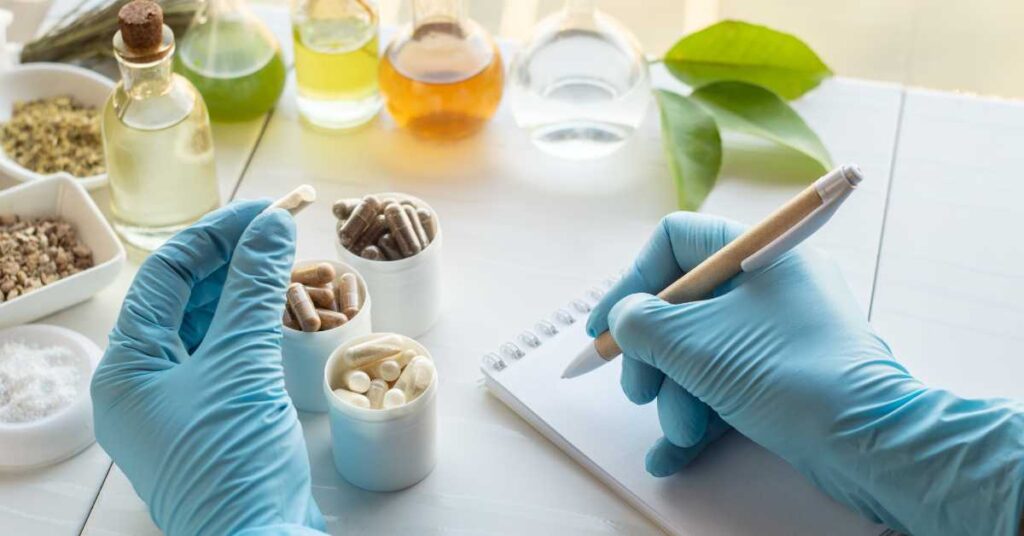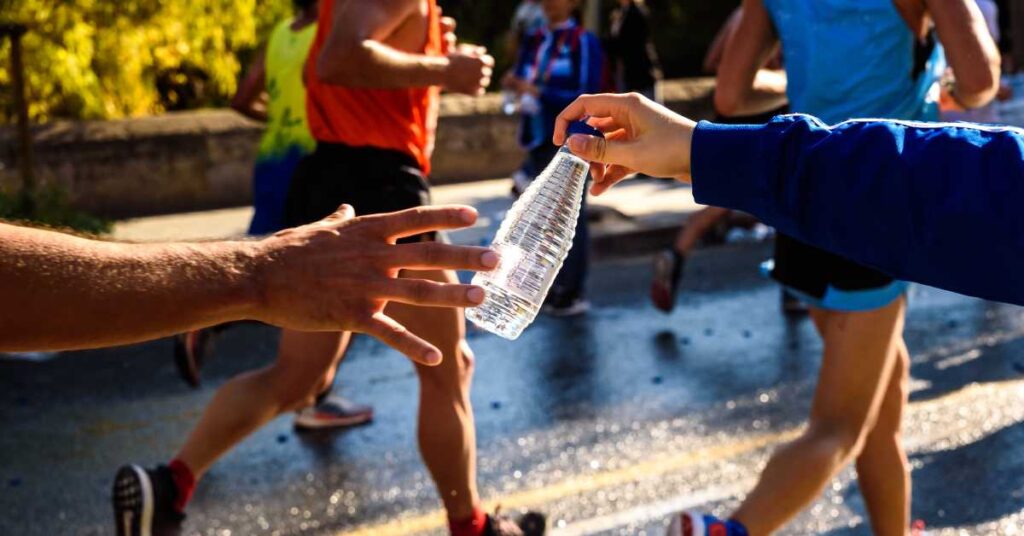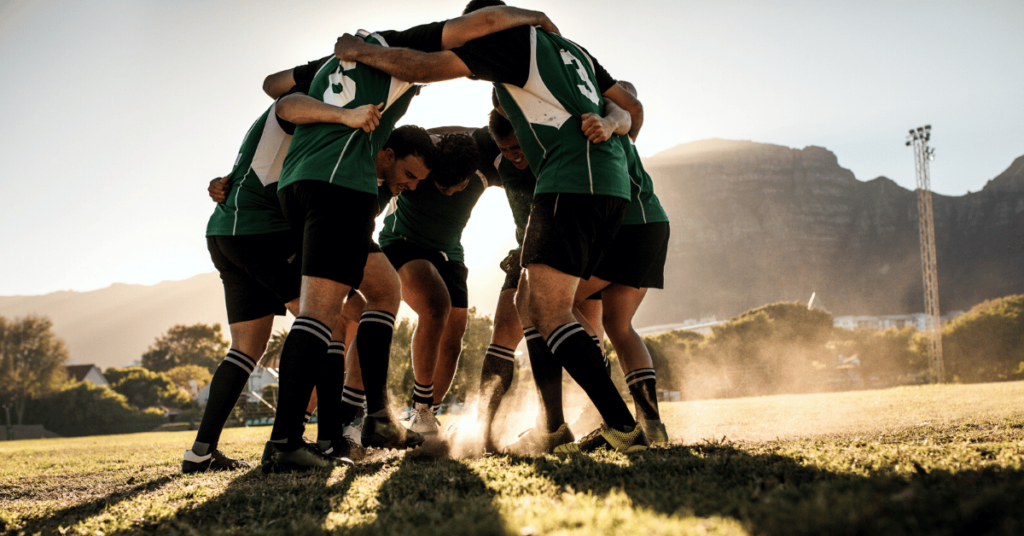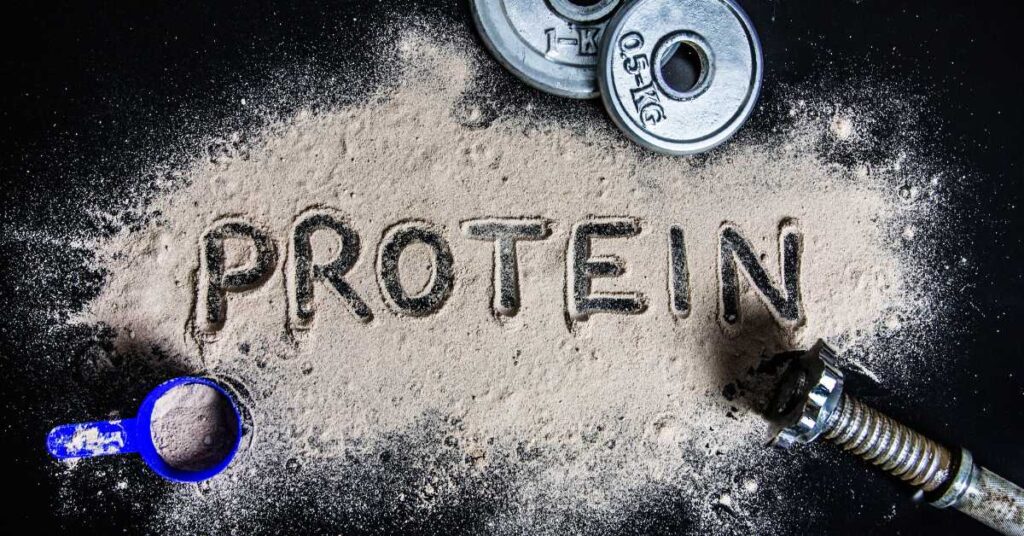Introduction
Recovery plays a vital role in an athlete’s training regimen, allowing the body to repair, regenerate, and perform at its best. While rest and proper nutrition are essential, incorporating sports massage and alternative therapies into your recovery routine can provide additional benefits.
In this article, we will explore the benefits of sports massage, various techniques used, and other alternative therapies that can aid in athlete recovery.
Understanding the Benefits of Sports Massage
Sports massage is a specialized form of massage therapy that focuses on addressing the specific needs of athletes. It offers numerous benefits that support recovery and improve overall performance.
- Increased Circulation and Lymphatic Flow: Sports massage techniques stimulate blood circulation and lymphatic flow, promoting the delivery of oxygen and nutrients to the muscles while aiding in the removal of waste products.
- Muscle Relaxation and Tension Release: The manipulation of soft tissues in sports massage helps relax tight muscles and release tension, reducing muscle soreness and improving muscle function.
- Enhanced Flexibility and Range of Motion: Sports massage techniques can improve joint flexibility, increase range of motion, and help prevent injuries by targeting specific muscle groups.
Different Techniques Used in Sports Massage
- Swedish Massage: This gentle, rhythmic massage technique utilizes long strokes, kneading, and tapping motions to relax muscles and improve blood flow.
- Deep Tissue Massage: Deep tissue massage involves applying firm pressure and slow strokes to reach deeper layers of muscles and connective tissues, targeting chronic muscle tension and adhesions.
- Myofascial Release: This technique focuses on releasing tension in the fascia, the connective tissue that surrounds muscles, by applying gentle pressure and stretching.
Other Alternative Therapies for Athlete Recovery
In addition to sports massage, athletes can benefit from incorporating various alternative therapies into their recovery routines. These therapies offer unique approaches to enhance recovery and promote overall well-being.
- Cryotherapy: Cryotherapy involves exposing the body to extremely cold temperatures to reduce inflammation, promote recovery, and alleviate muscle soreness.
- Compression Therapy: This therapy utilizes compression garments or devices to enhance blood circulation, reduce swelling, and facilitate recovery.
- Acupuncture: Acupuncture involves the insertion of thin needles into specific points on the body to promote healing, relieve pain, and restore balance.
- Chiropractic Care: Chiropractors focus on spinal alignment and joint mobility to enhance overall physical function, reduce pain, and support recovery.
- Yoga and Stretching: Incorporating yoga and stretching into your recovery routine can improve flexibility, mobility, and relaxation while reducing muscle tension and promoting mental well-being.
Integrating Sports Massage and Alternative Therapies into Recovery Routine
To make the most of sports massage and alternative therapies, consider the following:
- Consultation with Professionals: Seek guidance from qualified professionals who specialize in sports massage and alternative therapies to tailor the approach to your specific needs.
- Frequency and Timing of Sessions: Determine the optimal frequency and timing of sports massage and alternative therapy sessions based on your training schedule and recovery needs.
- Combining Therapies for Optimal Results: Explore the combination of different therapies to target specific areas of concern and enhance overall recovery and performance.
Common FAQs about Sports Massage and Alternative Therapies
- Is sports massage painful?
- Sports massage can involve deep pressure, which may cause some discomfort. However, communication with the massage therapist is crucial to ensure the intensity is appropriate for your comfort level.
- How often should I get sports massage or alternative therapy sessions?
- The frequency of sessions depends on individual needs, training intensity, and recovery goals. Consult with professionals to develop a personalized schedule.
- Are alternative therapies suitable for all athletes?
- Alternative therapies can benefit a wide range of athletes, but it’s important to consider individual circumstances, medical conditions, and professional advice before incorporating them.
- Can I combine sports massage and alternative therapies with other recovery methods?
- Yes, sports massage and alternative therapies can complement other recovery methods such as rest, proper nutrition, and active recovery exercises.
- Can I perform self-massage or use self-care tools for recovery?
- Yes, self-massage techniques and self-care tools like foam rollers or massage balls can be effective for targeting specific areas and promoting recovery between professional sessions.
Conclusion
Sports massage and alternative therapies offer valuable tools for athlete recovery and performance enhancement. By understanding the benefits of sports massage, exploring different techniques, and incorporating alternative therapies into your recovery routine, you can optimize your body’s ability to heal, prevent injuries, and achieve peak performance.
Remember to consult with professionals, listen to your body, and prioritize your overall well-being as you implement these strategies into your training regimen.
Disclaimer: When it comes to injury prevention and recovery, always seek professional guidance and advice from medical professionals who will be in a position to better address specific concerns or issues related to your individual situation. In no event shall we be liable for any direct, indirect, incidental, special, or consequential damages arising out of or in connection with your use of this website or the content provided herein.
